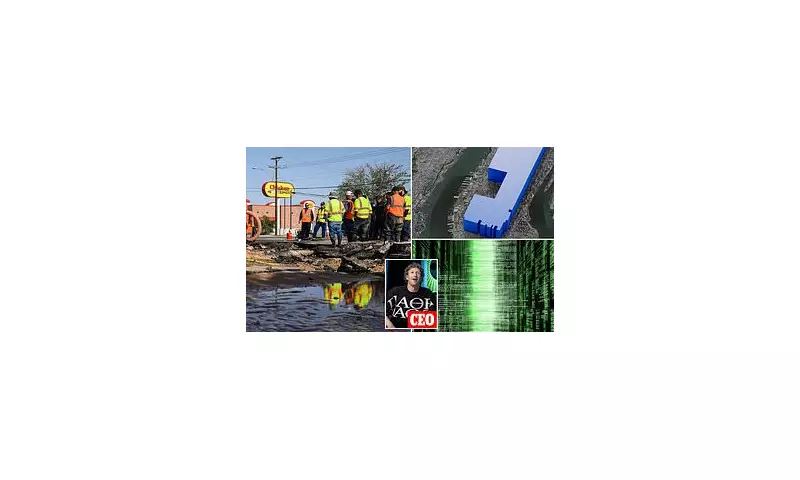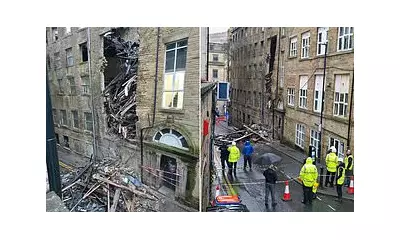
Across America, once-thriving towns and cities now stand eerily empty, earning the nickname 'ghost cities'. But these abandoned urban spaces are finding new life as tech giants like Meta (formerly Facebook) invest billions into transforming them into state-of-the-art data centres.
The Rise of Data Centres in Abandoned Urban Areas
From the outskirts of Manhattan to remote desert locations, massive data centres are springing up where communities once flourished. These facilities, often spanning hundreds of acres, require vast amounts of water and energy to operate - raising important questions about sustainability and urban planning.
Why Tech Giants Are Choosing Ghost Cities
Several factors make these abandoned locations attractive for data centre development:
- Abundant space for expansion
- Lower land costs compared to major cities
- Proximity to infrastructure like power grids
- Potential tax incentives from local governments
The Environmental Impact
While the economic benefits are clear, environmentalists have raised concerns about the massive water consumption required to cool these data centres. Some facilities use millions of gallons daily - a significant strain on local water resources, particularly in drought-prone areas.
The Future of Urban Spaces
As more traditional industries decline, the conversion of ghost cities into tech hubs represents a fascinating evolution in urban development. However, experts debate whether this trend will lead to sustainable growth or simply create new challenges for communities and ecosystems.
The transformation of America's ghost cities into digital infrastructure hubs marks a significant shift in how we think about urban spaces in the digital age. As this trend continues, it will be crucial to balance technological progress with environmental and community needs.





